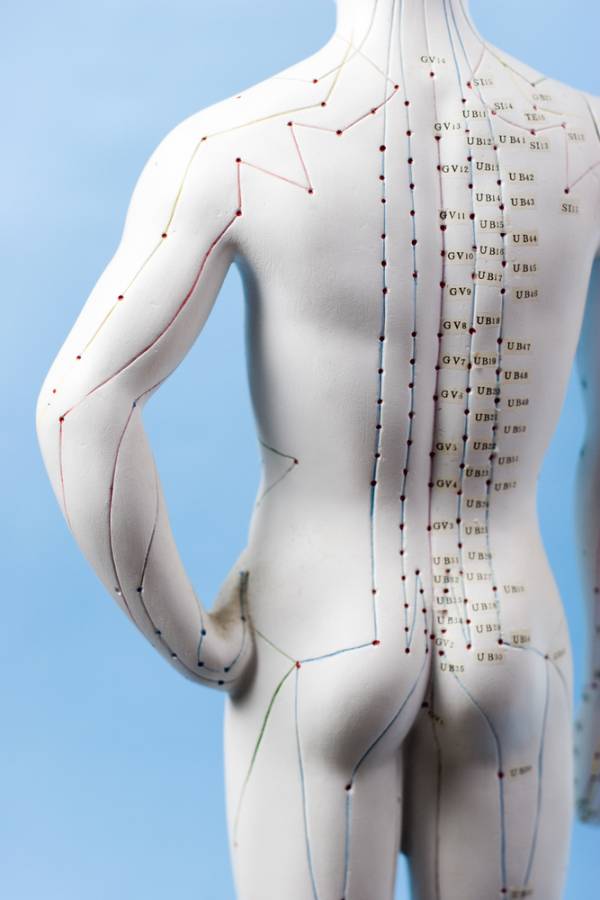The most challenging part of myofascial decompression (MFD), better known as cupping, is the bruise marks. Almost everyone, athletes included, is left with circular marks from the negative pressure of the cups. These can last anywhere from three to seven days, sometimes even longer. Believe me, I make sure the athlete knows what he or she is in for. Each time, the athlete has been receptive, saying, “I’ll try it if it will help me get better.” But MFD for athletes is different from your traditional version for relaxation. Work is required by the athlete in order to see some of the best benefits possible.
I’ve been using MFD in my practice for over a year now. I’ve used it therapeutically to treat almost any injury, from plantar fasciitis to hamstring strains to myofascial restrictions unrelated to injury. I’m surprisingly pleased with how many of the athletes are asking for repeat treatments. Although they all complain about how sore it makes them, they are pleased and excited with the outcomes: increased flexibility, fewer restrictions, and an overall feeling of being better.
Those key words from the athletes are what keep me using and expanding my knowledge of MFD. I’ve even done a before and after with several of them. I assess their range of motion before the treatment, especially hamstrings, and compare it with post-treatment results. I have found three techniques that are most helpful. Two of the three require active movement from the athlete after the cups have been placed:
- The first is an active flexion/extension movement. Although painful at the start, most of the athletes indicate more movement. After treatment the range of motion increases by ten to fifteen degrees.
- The more aggressive technique has that athlete prone, leg off the table, hip flexed, and knee flexed. The goal is to get the heel down and extend the knee. If they can get the heel to touch the ground then that is excellent progress. For runners, this mimics more the motion required to propel forward. Again, this is painful when the person move, but the gains are invaluable.
Swimmers have also inquired about MFD and there are two clients in particular I’ve worked with. Both were having “reach and pull” issues on their strokes. The focus was placed on the latissimus dorsi and teres major. After the cups were placed, they were asked to extend and slightly pull down with the arm. Motion increased in both. One of them even had the fastest swim of his career! He is so happy with the results he plans on doing another treatment before conference. It’s wonderfully exciting to see the success achieved by the athletes.
MFD has its benefits for everyone. I tend to focus on athletes and their return to play or improved performance enhancement. I cannot say if it is the right treatment for everyone. It depends on what you are trying to achieve. My focus is on active motion with MFD. Other professionals prefer to use MFD as a way of relaxation.
 The traditional way of using MFD is following the meridian lines of the body. The cups are placed along these particular lines to elicit change within the body. I’ve even seen someone cry after being treated because it fell along one of the emotional lines. It was surprising to see, but I knew to expect it. I have also known people who had it done to help with general back pain and soreness. Funny thing is, they fell asleep with the cups on them. When it’s being used in this manner, anything is possible.
The traditional way of using MFD is following the meridian lines of the body. The cups are placed along these particular lines to elicit change within the body. I’ve even seen someone cry after being treated because it fell along one of the emotional lines. It was surprising to see, but I knew to expect it. I have also known people who had it done to help with general back pain and soreness. Funny thing is, they fell asleep with the cups on them. When it’s being used in this manner, anything is possible.
Two completely different methods, using the same equipment, can elicit such different results. It’s really interesting to see the old methods intertwined with new concepts and theories. As we move forward with research and literature, we continue to see so many amazing changes to traditional theories, with MFD being a good example. From the early years, where it was solely used for medicinal and relaxation to purposes to the current trend of using movement patterns with MFD, the treatment practice has grown immensely. Now, it’s the en vogue treatment for athletes and weekend warriors.
Anyone who is interested in experiencing either form of this treatment needs to seek out a practitioner qualified in MFD. If you want a relaxing experience with MFD, then it is recommended to seek out a licensed acupuncturist. Most will generally have knowledge and skill in the use of MFD. If you are seeking the more aggressive MFD utilizing movement, that will be more difficult to locate. In the athletic realm, some physical therapists and athletic trainers have taken coursework in incorporating MFD and movement. More professionals on the West Coast may have exposure to such techniques. As with anything, please make sure to ask questions before jumping into something new. Make sure it’s what is right for you.
Have you tried MFD or cupping? What was your experience?
Photos courtesy of Shutterstock.






